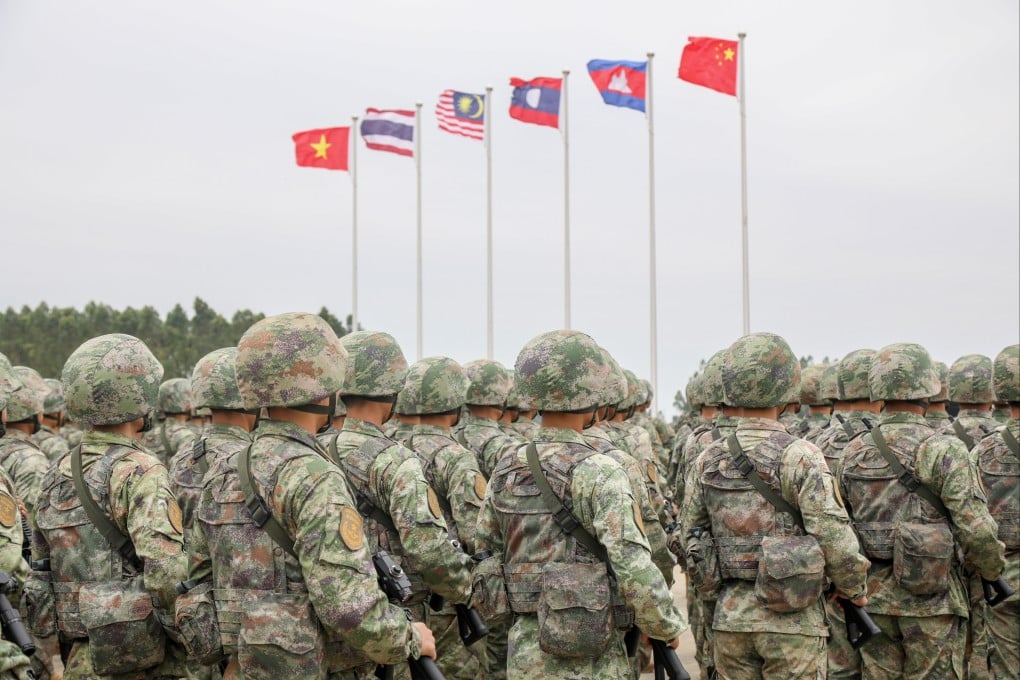Advertisement
Asian Angle | Will China’s Aman Youyi military drills with Southeast Asian nations reduce trust deficit?
- China’s ‘Peace and Friendship’ drills with five Asean member states is further evidence of Beijing’s move towards multilateral defence cooperation
- The drills cap a busy year for China’s armed forces in Southeast Asia, but break little new ground given the focus on building non-combat cooperation
Reading Time:4 minutes
Why you can trust SCMP
4

On November 22, military personnel from China and five Southeast Asian countries – Cambodia, Laos, Malaysia, Thailand and Vietnam – wrapped up a 10-day land and sea exercise in the port of Zhanjiang in southern Guangdong province.
While the exercise was not a groundbreaking event, it did reinforce emerging trends in China’s regional defence diplomacy, specifically, hosting larger multilateral drills.
Called Peace and Friendship-2023 (or Aman Youyi-2023 – meaning “peace” in Malay and “friendship” in Chinese), the multinational drills capped an extremely busy year for China’s armed forces in Southeast Asia.
Advertisement
Between February and September, the three services of the People’s Liberation Army (PLA) and the China Coast Guard participated in 11 regional defence diplomacy engagements.
Peace and Friendship-2023 was not the biggest multilateral exercise China has held with its Southeast Asian neighbours in terms of the number of countries involved. In October 2018, China co-hosted with Singapore the Asean-China Maritime Exercise (ACMEX), in which the navies of nine Asean member states took part (landlocked Laos was an observer).
Advertisement
Advertisement
Select Voice
Choose your listening speed
Get through articles 2x faster
1.25x
250 WPM
Slow
Average
Fast
1.25x
